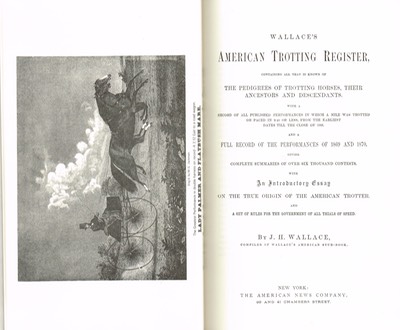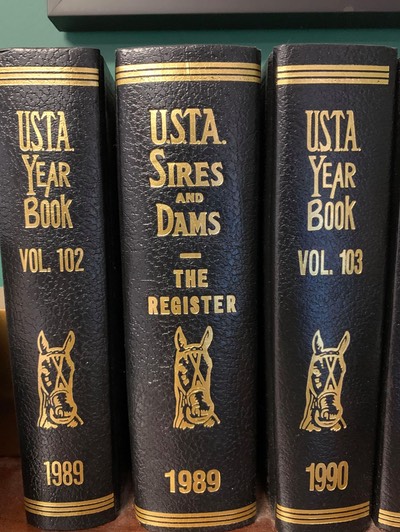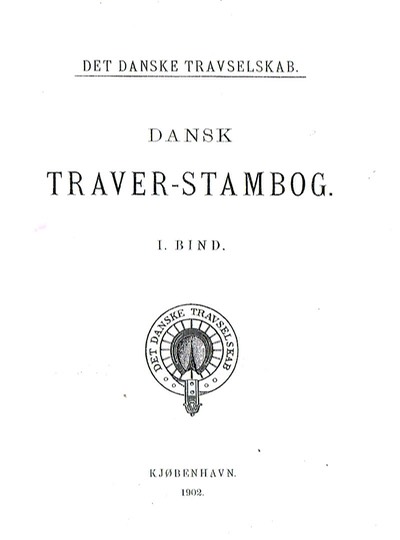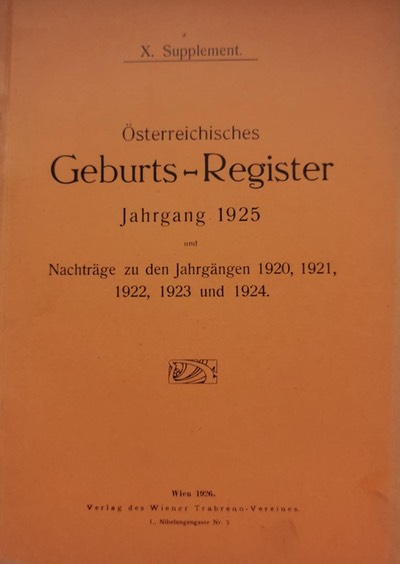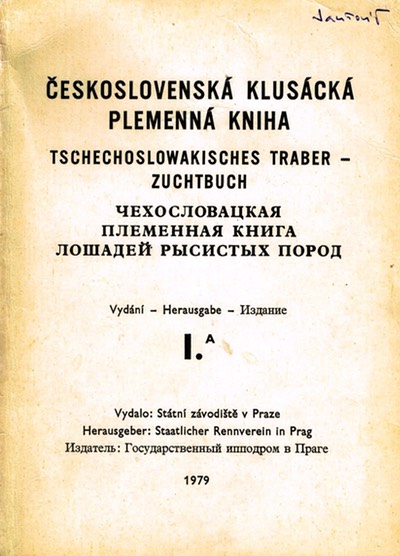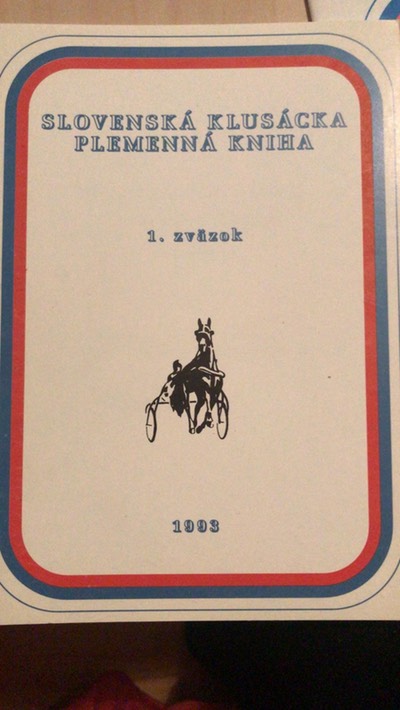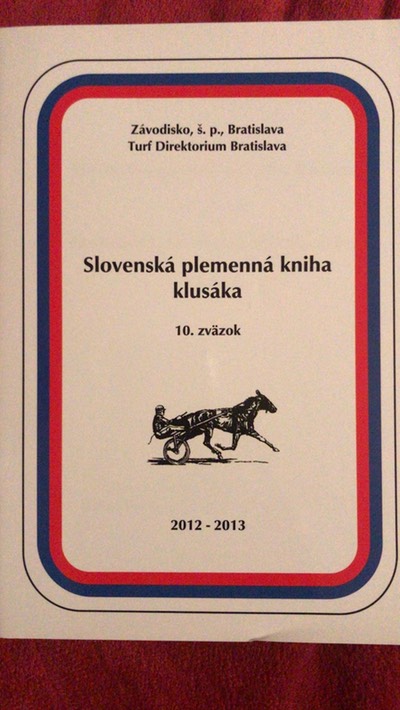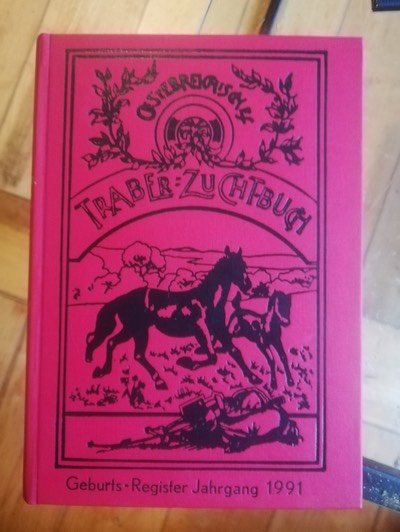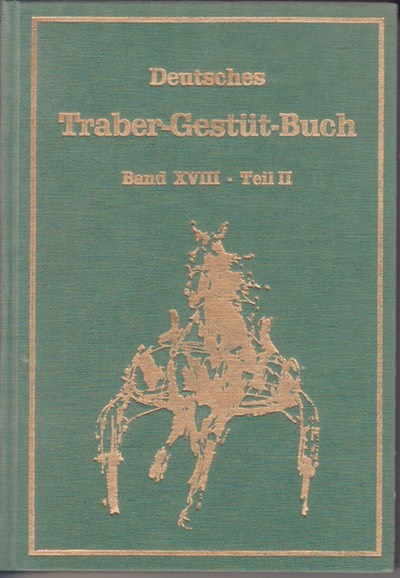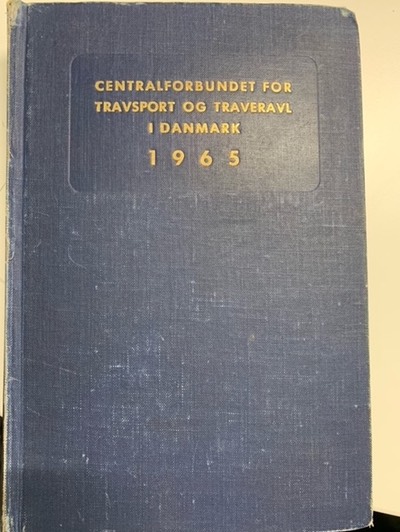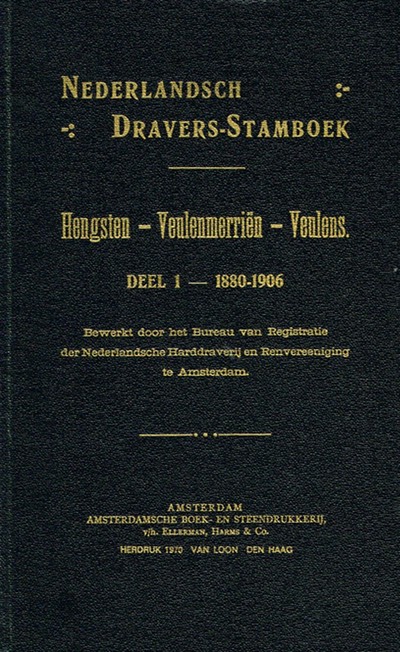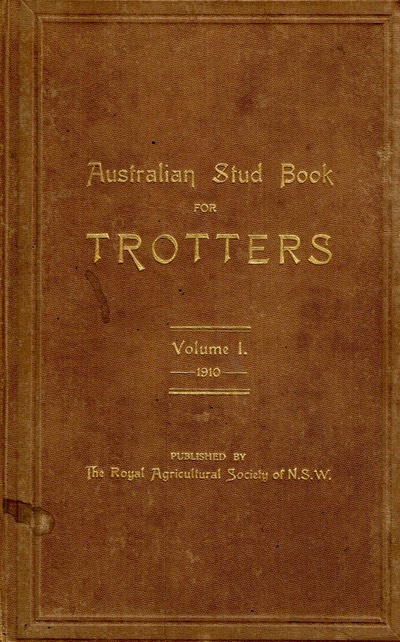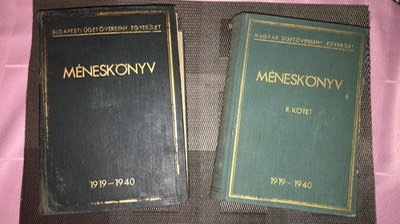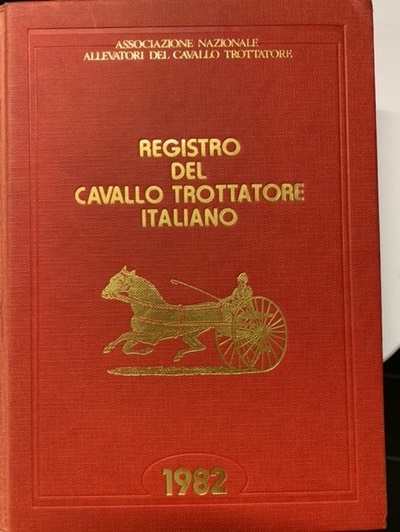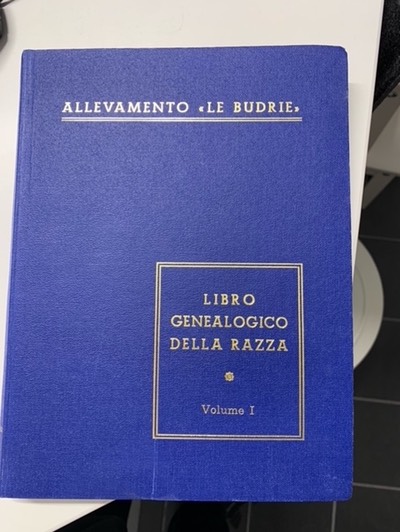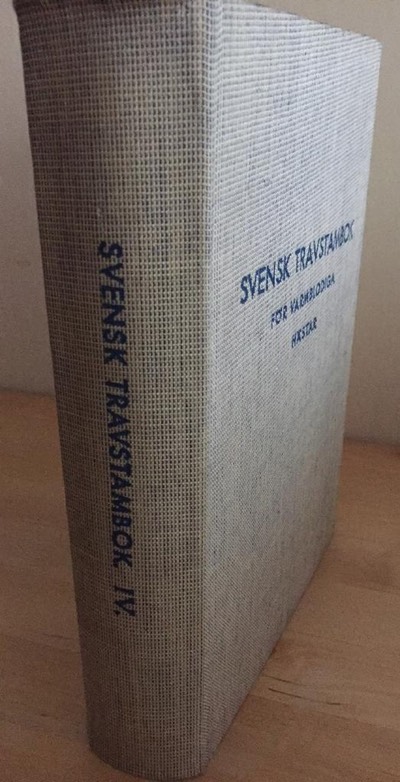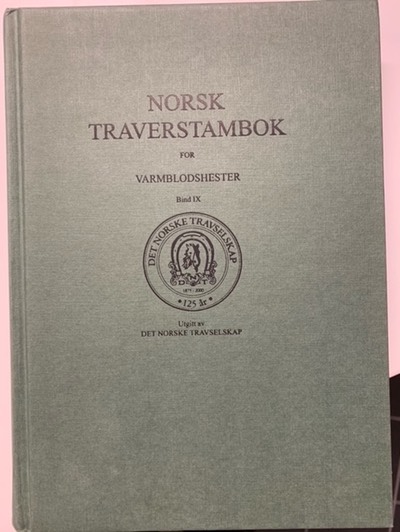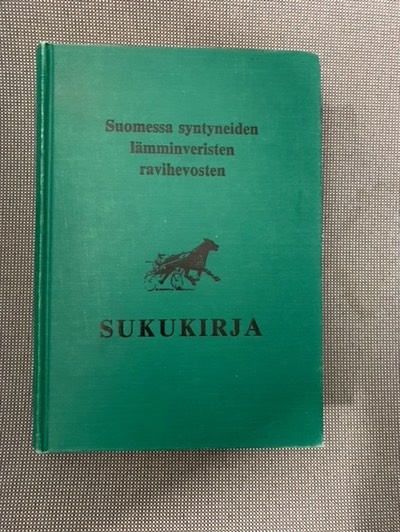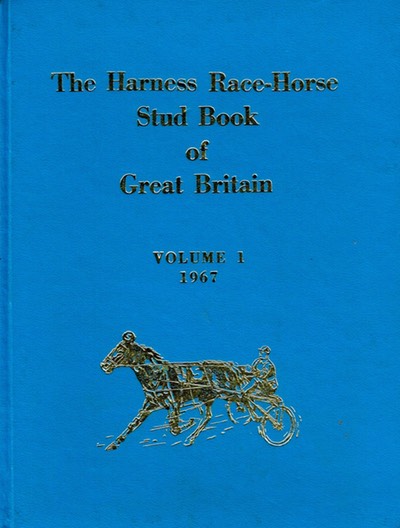The Origins of Standardbreds

STUD BOOK
OF AUSTRIA-HUNGARY
1880 – 1901
Many Thanks to Michael Hinger
www.traberzentrale.at
Prologue:
Your devoted author is the proud co-owner of a promising yearling who is being trained on the course of Magna Racino in Austria, which opened in 2004. Much has been said about how the yearlings has been broke not that long ago and how many sulkys were demolished in the process. An excursion into botany was not uncommon at these times.
Many trotting people agree that especially trotting breeding has made a blatant step forward in the last few decades. Reason enough to take a look at the origin of all Standardbred breeding, the national Stud Book. (Unfortunately, in adolescent madness, your author sold all of his stud books and relied entirely on the internet – not a good decision at all …)
Thanks to all the capacious horse people all over the world for their kind help, also with their differentiating opinions …
But one thing should be said in advance: The stud books described are about the breeding of the Standardbreds, i.e. trotters or pacers, which are driven with or in front of a cart (sulky). This is an exceptional twist in the history of horse breeding that existed long before that (for example the Arabian horse or Thoroughbred breeding, which are considered to be the predecessors of most trotters and pacers worldwide).
More information about the breeding of horses you can read here.
SIRES AND DAMS
Many Thanks to Elizabeth Caldwell of
Cane Run Farm in Kentucky
1847 / 1927 (not only Orlov-Trotters)
RUSSIA
Zavodskaia kniga vyigravshikh i bezhavshikh loshadei na rysistykhbegakh v Rossii, St Petersburg, 1847. Where to read it? National Library of Finland.
Ulf Lindström
1871
USA
"Canada does not have a Stud Book nor does the United States which last
published the Sires and Dams in 2012. Each country maintains a registry
and information is exchanged daily. Each has a website where you can
find out details of any registered horse including
race lines, ownership etc. I have all of the Sires and Dams books back
to the first one in 1938 and most of the Wallace Trotting Registers from
there back to the first one published in 1868.“
Norman Hall
Answer from Australia:
FIRST STUD BOOK
OF DENMARK
Many Thanks to John Peck
www.classicfamilies.com
"The first Wallace Register was published in 1871.
The first Wallace Year Book was published in 1885.
The USTA was formed in 1939 and thereafter published Year Books and Registers.
I
am certain that the first USTA Sires and Dams book that included Sires,
Dams and all the foals for a year (plus the dam's previous foals) was
not published until 1947 or 1948.
Before then there was no publication in USA/Canada where you could look up a mare and see all of her foals."
John Peck
1897
AUSTRIA-HUNGARY (K&K Monarchy)
1899
GERMANY
1902
DENMARK
1905
NEW ZEALAND
… and unfortunately the last with only 3 mares and 1 foal in it …
Many Thanks to Gabriel Petrik
https://www.trotdb.info/
1907
FRANCE
1907
NETHERLANDS
1910
AUSTRALIA
(INTRO TO TROTTING REGISTER;
1910 AUSTRALIAN STUD BOOK FOR TROTTERS - NSW AGRICULTURAL SOCIETY;
1955 - AUSTRALIAN STUD BOOK)
JJ Deane wrote the introduction to the Australian Trotting Register in 1895 and all of that information was incorporated into the first Australian Stud Book for Trotters in 1910 published by the Royal Agricultural Society of New South Wales.
It was very limited and people had to pay to get their horses in if eligible.
In 1955 the Inter Dominion Trotting Conference (JP Butler) published the first Australian Trotting Stud Book where you could see a mare and a list of her foals. Again if was deficient as there were thousands of mares not in the Stud Book and geldings were generally not shown. No time performances were shown.
The first Australian Stud Book that listed time performances and every foal for a year was Volume 4 in 1966 that had all the foals of 1964 and 1965.“
John Peck
1919
HUNGARY
1927
ITALY
1937
ROMANIA
1938
SWEDEN
1940
BELGIUM
1960
NORWAY
1965
FINLAND
Finnhorse 1907, 1965 Trotter
1967
UNITED KINGDOM
1979
CZECH REPUBLIK / SLOVAKIA
Epilogue:
„Basically, the observation is that Europe was decades ahead of the English Speaking World when it comes to Stud Books – the first fully complete USTA Sires and Dams was 1950, the first complete Australian was 1966, the first UK one was 1967 and the first NZ one that had 99% of the mares was probably 1948."
John Peck
NORSK TRAVERSTAMBOK
Many Thanks to Claes Freidenvall
www.sulkysport.se
2020_12
